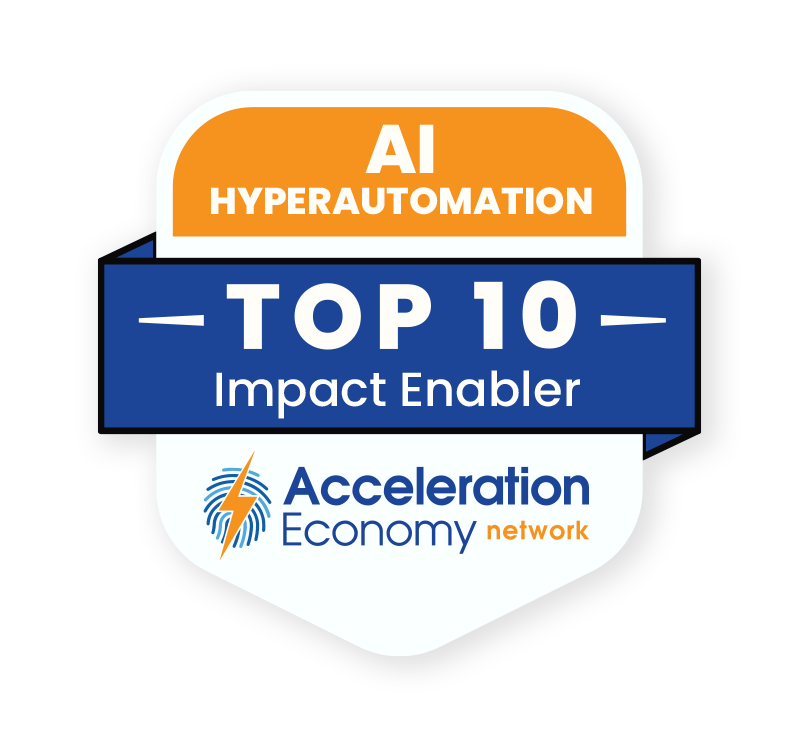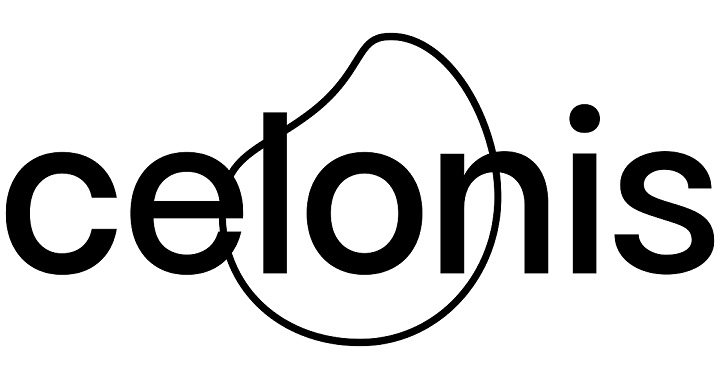Episode 88 of the AI/Hyperautomation Minute, an extended edition, features highlights from an interview with Justin Grochoski, Solution Engineering Manager for Retail & CPG at Celonis, on his views of the current state of the retail and CPG industries, what’s working today, how the inventory shortages have resolved (or not), and where things go from here. Grochoski met with Tom Smith from the Acceleration Economy analyst team to share his views.
Celonis is on the Acceleration Economy Top 10 Shortlist of AI/Hyperautomation Enablers.
This episode is sponsored by Acceleration Economy’s Digital CIO Summit, taking place April 4-6. Register for the free event here. Tune in to the event to hear from CIO practitioners discuss their modernization and growth strategies.
Highlights
00:50 — Tom sets the stage for the discussion and what they’ll cover, namely:
- How and why retailers overcorrected in response to inventory issues
- Why data silos and technical debt are slowing retail and CPG firms down
- What the top retail and CPG business priorities are today
01:54 — Grochoski describes what’s taking place as stress fractures in a well-tuned system; for 20 years, supply chains have been stable and companies have been able to move to just-in-time delivery of goods while keeping shelves stocked. Things were well understood from the perspectives of demand, supply, and availability, without all the disruptions we’ve been experiencing. Each of these processes are being managed in isolation. Demand planning is completely separate from joint business planning which is completely separate from shipping and transportation planning. You get one process that fractures it and it’s not tied well enough to the next one and it causes perturbations up and down the supply chain.
04:05 — A lot of CPG and retail companies are either refocusing or starting to invest more in connectivity between them so that when a truck is going to be late, at least the receiving dock is aware of it and they can start to try to make some adjustments. You can’t do that without a better interchange of data.
05:02 — For some of the retail and CPG companies, it’s not that their systems are a decade or two old; some of these are mainframe applications running core functions that are 30 or 40 years old. Now with priorities changing, there’s increasing willingness to look at those core systems that have been running a business in core areas for decades and there’s a need to renew or swap them out. Grochoski says he’s not sure how much of that will happen in 2023; there’s a focus on systems and tech investments being self-funding (and fast) as everyone responds to the new inflationary environment. But that’s only going to last so long with everyone picking the low-hanging fruit, then they need to move on to things with a larger return on investment (ROI) and be aware of technical debt and the cost to move off older systems.
06:10 — Tom asks how Celonis’ object-centric process mining might support the need for end-to-end visibility in this market. Grochoski says he views Celonis’ technology as a massive correlation engine that lets customers take an individual step or piece of metadata around a process and correlate it with other things. Object-centric functionality increases the ability to run those correlations at the scale required by the largest retailers; there’s no industry or customer base that has larger data volumes.
07:33 — Addressing customers’ 2023 business and tech priorities, Grochoski explains how businesses are prioritizing cash conservation and a focus on margins. Related to that, companies are ordering less after being hit with excess inventory in recent years. For example, they placed large orders and then were stuck with seasonal inventory that was no longer in season. He also expects cost-cutting to continue.
Which companies are the most important vendors in AI and Hyperautomation? Click here to see the Acceleration Economy Top 10 AI/Hyperautomation Short List, as selected by our expert team of practitioner-analysts












